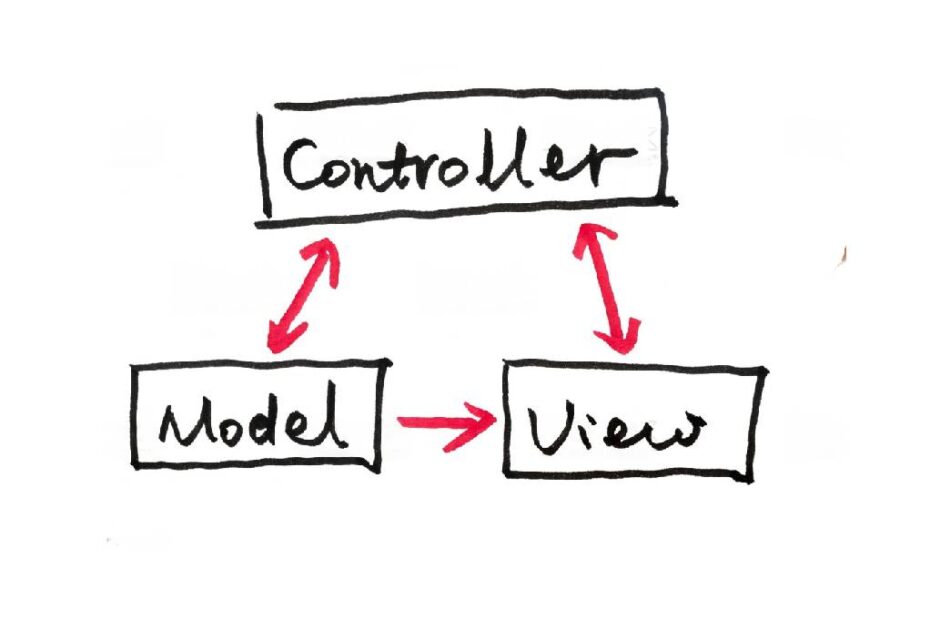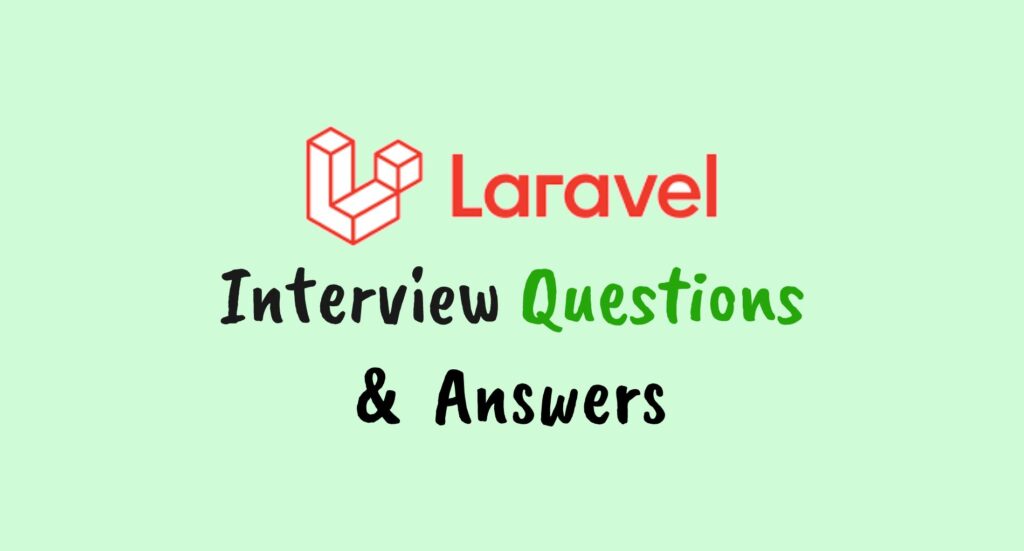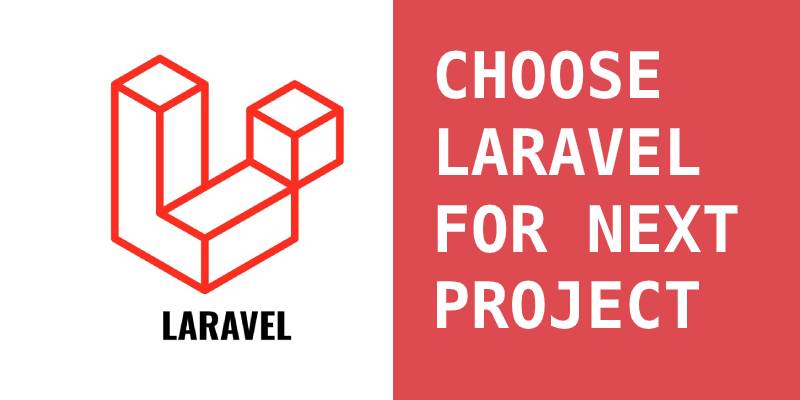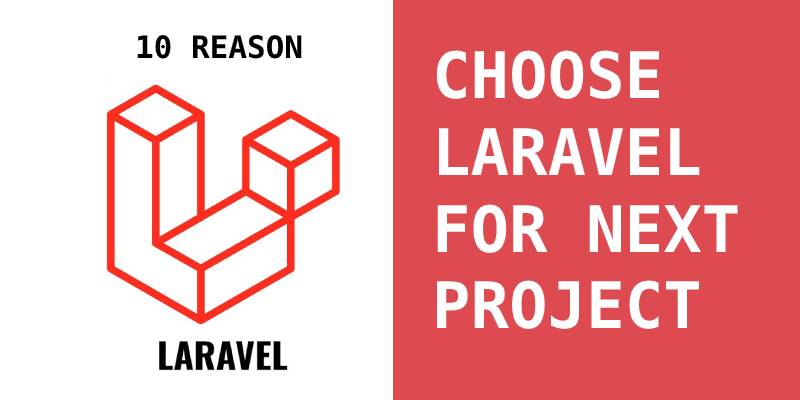MVC is known as an architecture pattern. It divides the application into three logical parts: the model part, the view, and the controller. It was used for desktop graphical user interfaces but is now used for designing mobile applications and web applications.
A Brief History of MVC Architecture
Unearthing the Genesis: The Evolutionary Journey of MVC Architecture

The roots of MVC architecture can be traced back to the ingenuity of Trygve Reenskaug. It was during his visit to the Xerox Palo Alto Research Laboratory (PARC) in 1978/79 that the first reports on MVC were written. Initially named “Thing Model View Editor,” Reenskaug swiftly rechristened it as “Model View Controller,” setting the stage for a revolutionary architectural pattern.
Exploring the Features of MVC Architecture
Empowering Developers: Unleashing the Capabilities of MVC Architecture
MVC architecture offers a multitude of features that empower developers and enhance the overall development process. Its modular and structured approach provides easy and smooth testability, making it highly extensible and pluggable. When designing a web application architecture using MVC, developers have complete control over the HTML code and URLs, enabling greater flexibility and customization. Additionally, MVC leverages existing features provided by popular frameworks like ASP.NET, JSP, and Django, fostering efficient development practices.
Understanding the Components: Model, View, and Controller
Unveiling the Trio: Delving into the Core Elements of MVC Architecture
The essence of MVC architecture lies in its three fundamental components: the Model, the View, and the Controller. Let’s explore each component and understand its role in shaping the application’s structure and behavior.
Model: Harnessing Data and Logic
Leveraging the Power of Models: Enabling Efficient Data and Logic Management
At the heart of MVC architecture lies the Model. This component represents the data and activities of the application domain. It acts as a bridge between the application and its data sources, such as a database or production machine processes. The Model manages the behavior and data of the application, responding to information requests and facilitating state changes. It encapsulates the organization’s data and business rules, providing a software approximation of real-world processes. While the Model primarily handles low-level state and behavior, it remains independent of controllers or views, allowing for multiple views to interact with a single model.
View: Unleashing the View’s Potential
Painting the Picture: Enhancing User Experience through Dynamic Views
The View, the visual aspect of MVC architecture, is responsible for rendering the contents of the Model. It generates graphical or textual output, presenting the data to the user. The View acts as a mediator between the Model and the user interface, mapping images onto the display device. It maintains a one-to-one correspondence with a display surface and possesses the knowledge to render the Model’s contents effectively. By attaching to the Model, the View showcases the state and enables users to perceive and interact with the application’s data.
Controller: Guiding Interactions
Steering the Ship: Empowering User Interactions with Controller Mastery
The Controller acts as the bridge between user interactions and the application’s response. It interprets user input from devices like mouse and keyboard, directing the Model and View accordingly. The Controller facilitates seamless communication between the user and the application, accepting input and triggering corresponding actions within the Model and View. In standalone GUI clients, user interactions manifest as button clicks or menu selections, while web applications leverage HTTP GET and POST requests. Based on these interactions and the Model’s actions, the Controller chooses an appropriate View, orchestrating the application’s response to user commands.
Related Articles
What Is Join And Types Of Join In Mysql
Why Laravel PHP MVC Framework Is The Good
Latest Top MySQL Interview Questions And Answers 2023
Conclusion
In the realm of software development, mastering MVC architecture unlocks a realm of possibilities. Its modular structure, separation of concerns, and enhanced testability make it a preferred choice for developers across industries. By harnessing the power of Models, Views, and Controllers, developers can build robust and scalable applications while ensuring optimal user experience. So, embrace MVC architecture and embark on a journey to revolutionize your development process, one component at a time





